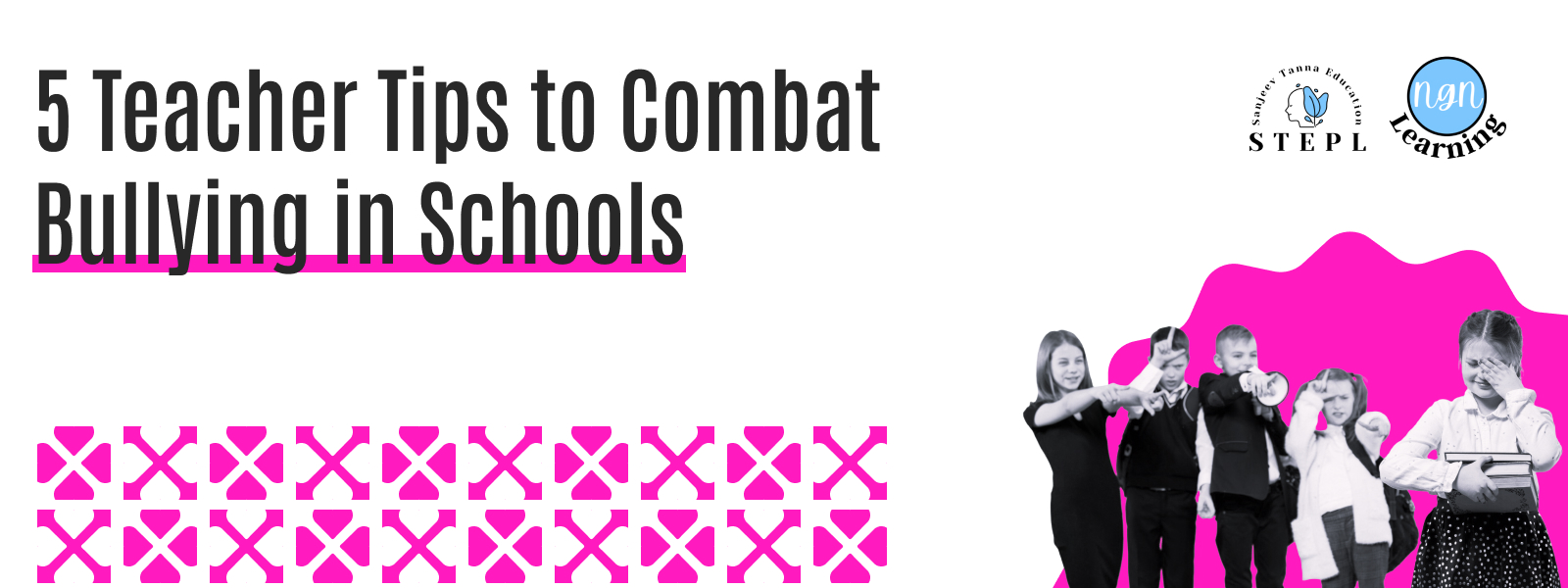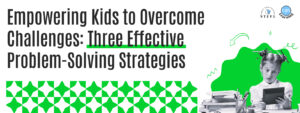From Awareness to Action: 5 Teacher Tips to Combat Bullying in Schools
Bullying in schools is a pervasive issue that can have lasting impacts on students’ mental and emotional well-being. Teachers play a crucial role in creating a safe and supportive environment for all students. Here are five effective strategies teachers can use to prevent and address bullying, complete with real-life stories and practical tips.
1. Foster an Inclusive Classroom Culture
A positive classroom culture sets the foundation for a safe and supportive learning environment. Encouraging kindness, respect, and inclusivity can significantly reduce bullying incidents.
Example Story: Mrs. Johnson, a fifth-grade teacher, noticed that some of her students were being excluded during recess. She decided to implement a “Kindness Circle” activity every morning, where students shared something nice about their classmates. Over time, the students became more supportive of each other, and incidents of bullying decreased.
Here are some tips from NGN (Next Generations Nations Learning): Encourage students to collaborate on group projects, celebrate diversity, and practice empathy through role-playing activities.
Visit our shop: https://www.ngnlearning.com/product/diversity-and-inclusion-activities/
2. Implement Anti-Bullying Programs and Policies
Clear, consistent rules and consequences for bullying behaviour are essential. When students understand that bullying will not be tolerated, they are less likely to engage in such behaviour.
Example Story: Mr. Adams, a middle school teacher, implemented a zero-tolerance policy for bullying in his classroom. He posted the rules on the classroom wall and reviewed them regularly with his students. When a student was caught bullying, Mr. Adams followed through with the established consequences. The consistency helped deter bullying and reassured victims that their concerns would be taken seriously.
Book your first session at Next Generation Nation’s Learning (NGN Learning) to enhance your child’s social skills or find printable resources here.
Tip: Involve students in creating the rules to give them a sense of ownership and responsibility.
3. Build Strong Relationships with Students
Encouraging open communication between students and teachers can help identify and address bullying early. Students should feel comfortable reporting bullying incidents without fear of retaliation.
Example Story: Mrs. Lee, an elementary school teacher, noticed that one of her students, Emily, was unusually quiet and withdrawn. When Mrs. Lee asked Emily if something was wrong, Emily confided that she was being bullied by a classmate. Mrs. Lee immediately addressed the situation, talked to the bully and their parents, tried to understand the bully as well as Emily, and implemented a support plan for Emily.
Tip: Create a safe space for students to talk about their experiences, and remind them regularly that it’s okay to speak up.
An open-door policy can encourage students to seek support when needed. Book your first session at Next Generation Nation’s Learning (NGN Learning) to learn new techniques to build strong relationships with students and you can find resources here: https://www.ngnlearning.com/shop/?yith_wcan=1&product_cat=educators-professionals
4. Teach Social-Emotional Learning (SEL)
Teaching social and emotional skills can help students manage their emotions, build healthy relationships, and resolve conflicts peacefully. These skills are crucial for both preventing and addressing bullying.
Example Story: In Ms. Carter’s fourth-grade class, students participated in weekly social-emotional learning (SEL) lessons. One lesson focused on conflict resolution. After practicing different scenarios, students felt more equipped to handle disagreements without resorting to bullying. The SEL lessons fostered a more understanding and cooperative classroom environment.
Tip: Incorporate SEL activities into your regular curriculum, such as empathy exercises, mindfulness practices, and cooperative games. https://www.ngnlearning.com/product/mindfulness-activities-2/
5. Monitor and Address Bullying Incidents Promptly
Stay alert to signs of bullying, like sudden changes in behaviour, unexplained injuries, or social withdrawal. Focus on areas where bullying often happens, such as playgrounds and hallways.
Example: Mr. Davis, a teacher, noticed that Sarah was often alone during recess and seemed upset. When he saw a group of students teasing her, he stepped in immediately, told the bullies their behaviour was unacceptable, and reassured Sarah that she was safe. He documented the incident, informed the principal, and contacted both sets of parents to discuss a plan to prevent future bullying.
Conclusion
Preventing and addressing bullying requires a multifaceted approach, but teachers are uniquely positioned to make a significant impact. By fostering an inclusive classroom culture, implementing anti-bullying programs, building strong relationships, teaching social-emotional skills, and addressing incidents promptly, teachers can create a safe and supportive environment where all students can thrive. Together, we can make a difference and put an end to bullying in our schools.Don’t hesitate to book the first counselling session; it can be a crucial step towards ensuring your teen’s long-term health and happiness. For more resources and tools on SEEL (Social Emotional Ethical and Logical Learning), visit our https://www.ngnlearning.com/shop/
Bullying Kit: https://www.ngnlearning.com/product/bullying-kit-for-educators-parents/?clear-cache












